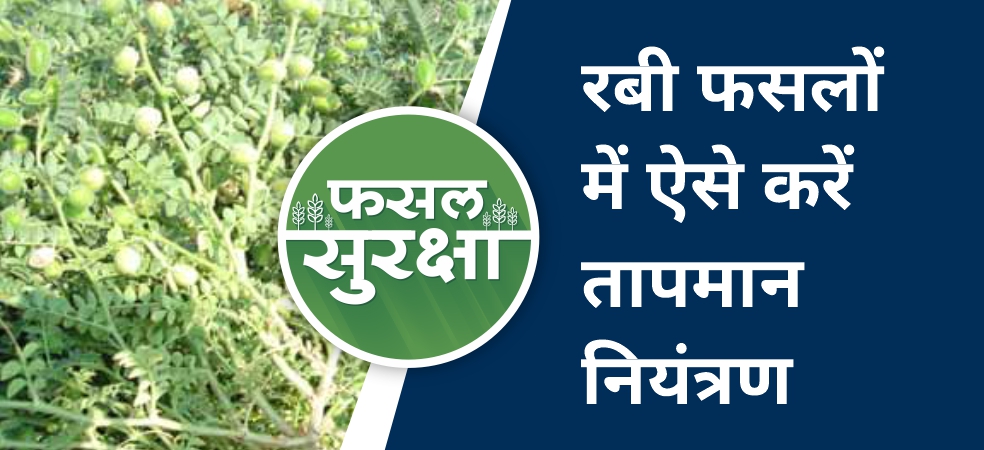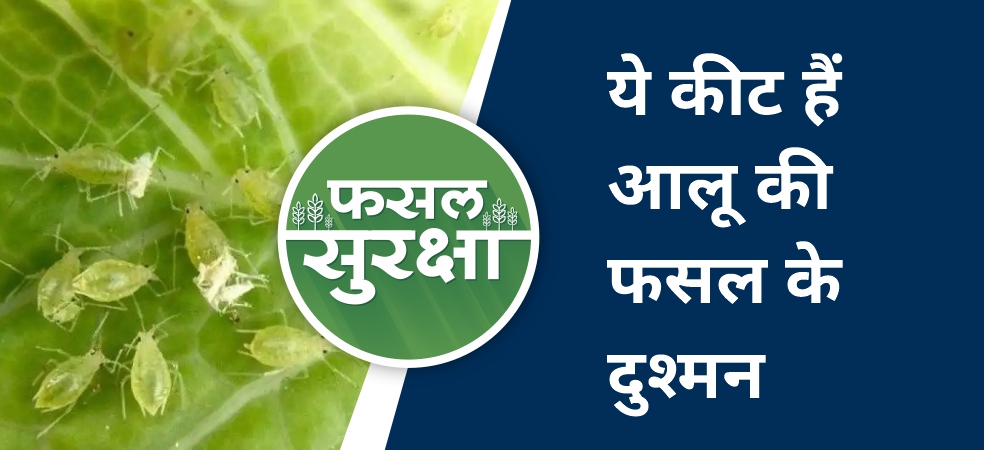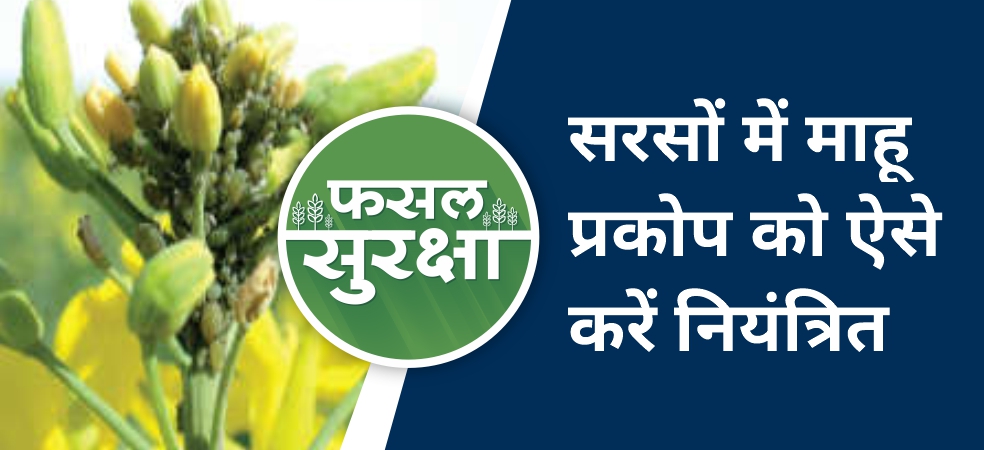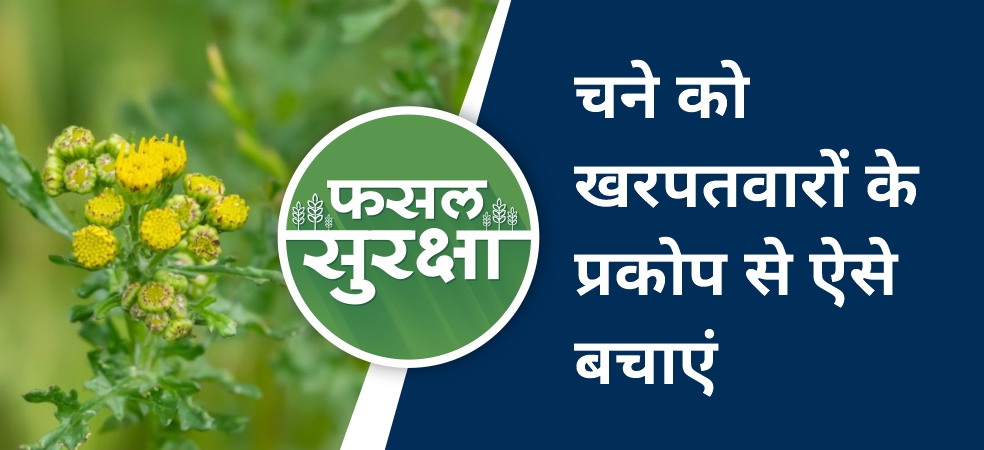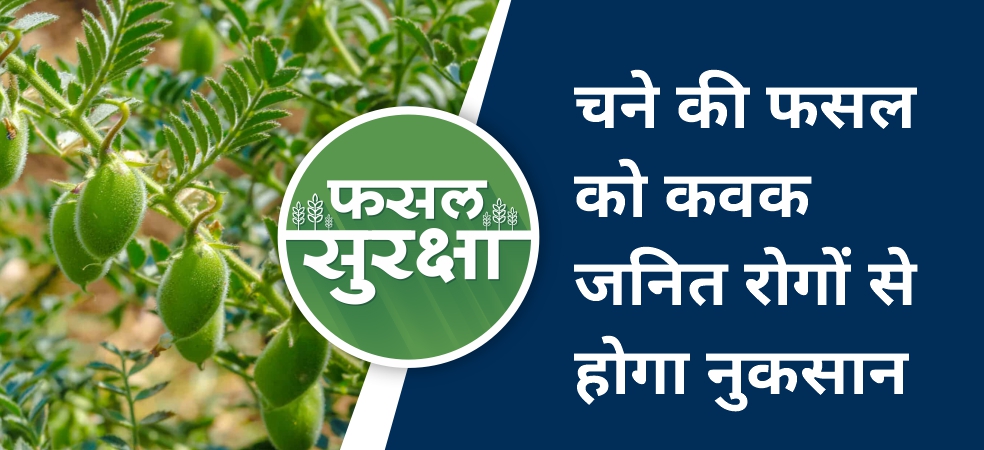Measures to control temperature (in case of low) for good crop production-
-
Irrigation of fields is crucial:: Whenever there is a possibility of low temperature or frost warning has been given from the weather forecast department, light irrigation should be provided to the crop. The temperature will not fall below 0° C and crops can be protected from the loss due to lower temperature as Irrigation increases the temperature by 0.5 – 2° C.
-
Cover the plant:: The nursery is in the most vulnerable stage in low temperatures. In nurseries, it is advisable to cover the plants with plastic sheets at night. By doing so, the plastic causes the temperature inside to increase by 2-3 degrees celsius. Straw can also be used instead of polyethene whose surface temperature does not reach the deposition point. While covering the plants, keep in mind that the southeastern part of the plants remain open, so that the plants get sunlight in the morning and afternoon.
-
Windbreakers: These breakers reduce the intensity of cold waves and protect them from crop damage. For this, such crops should be sown around the field, so that the wind is controlled to some extent, e.g. sowing maize in gram fields. To protect the plants from frost, they should be covered except in the direction of sunlight using straw or any other object.
-
Smoke near the field: To control temperature, you can create smoke in your field, so that the temperature does not fall to the deposition point and crops can be protected from damage.
-
Spray Pseudomonas 500 grams per acre to prevent frost.
With the sowing of the crop, connect your farm with the My Farm section of Gramophone app and keep on getting the exact advice and solutions related to smart agriculture throughout the crop cycle. Share this article with your friends with the share button below.
Share



